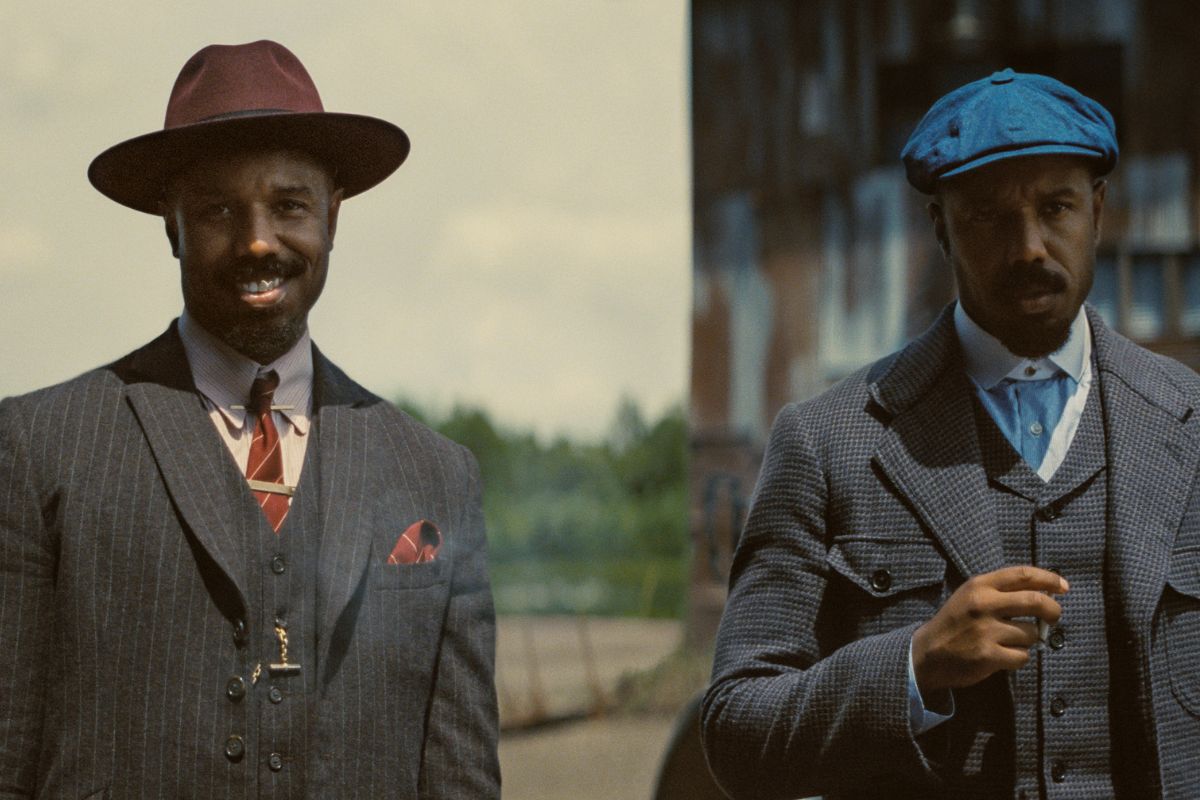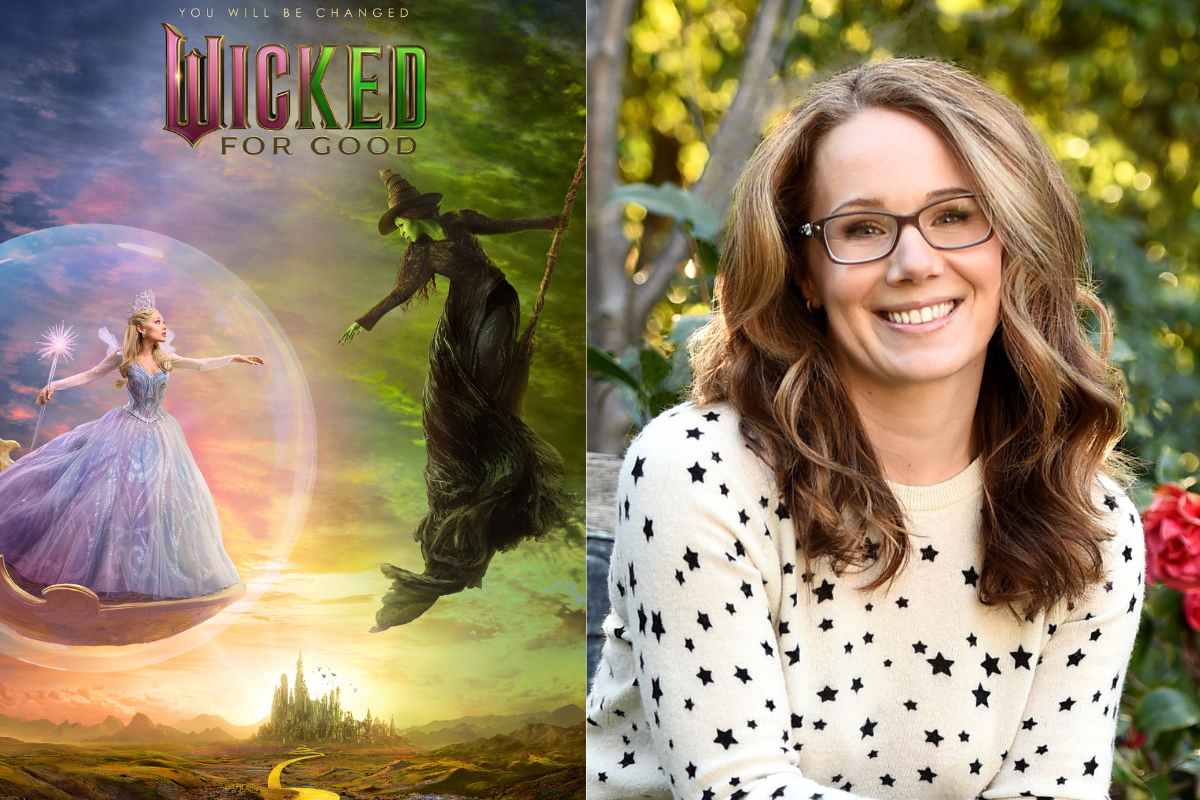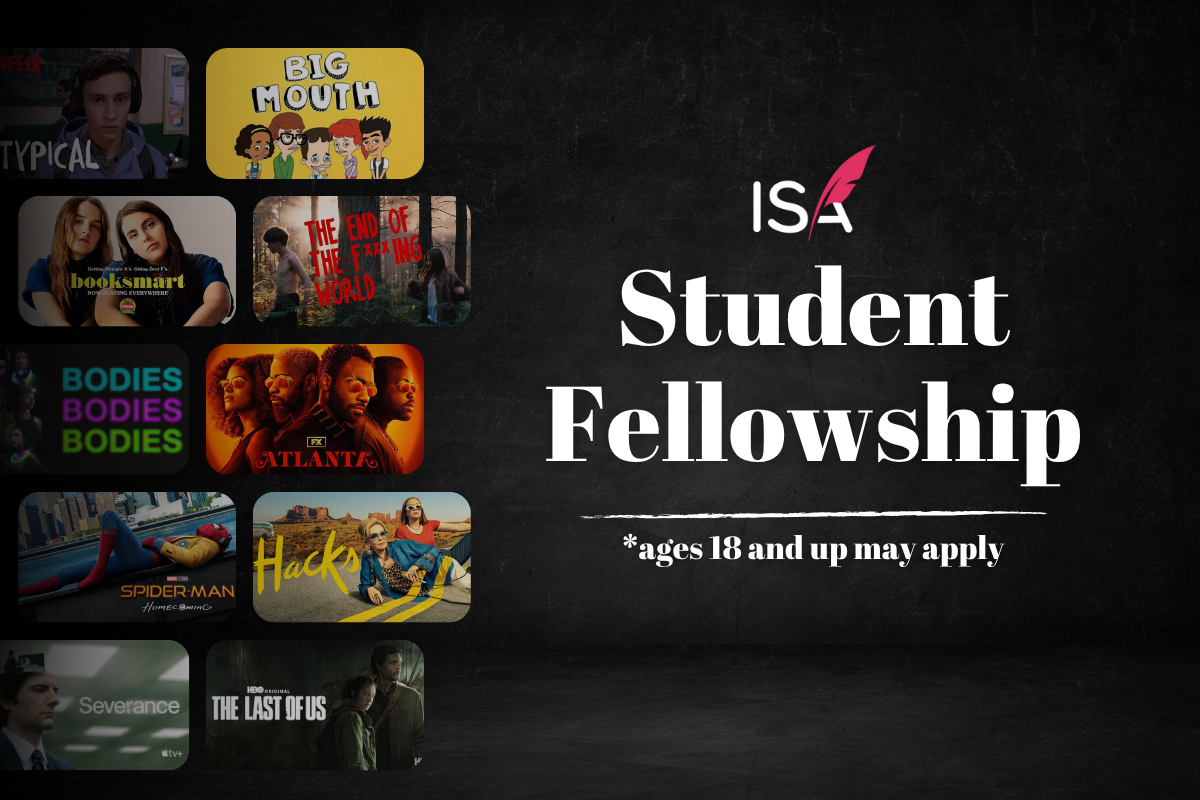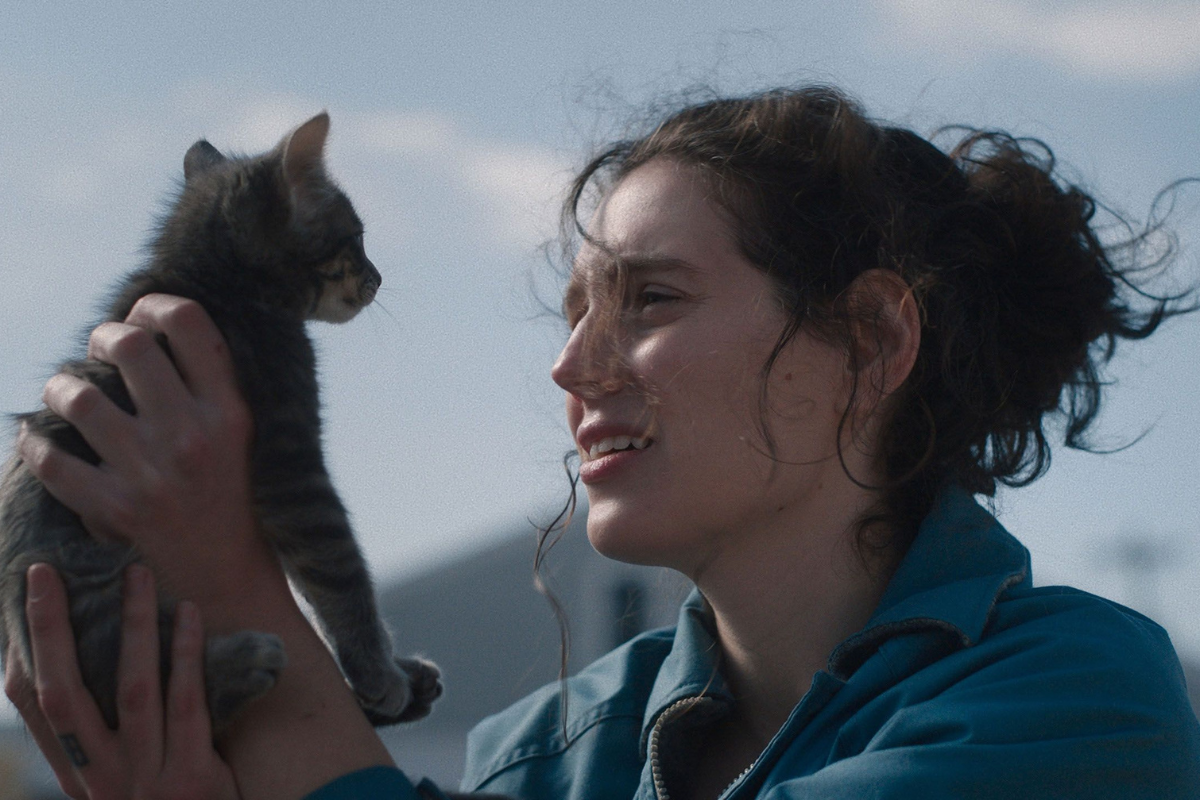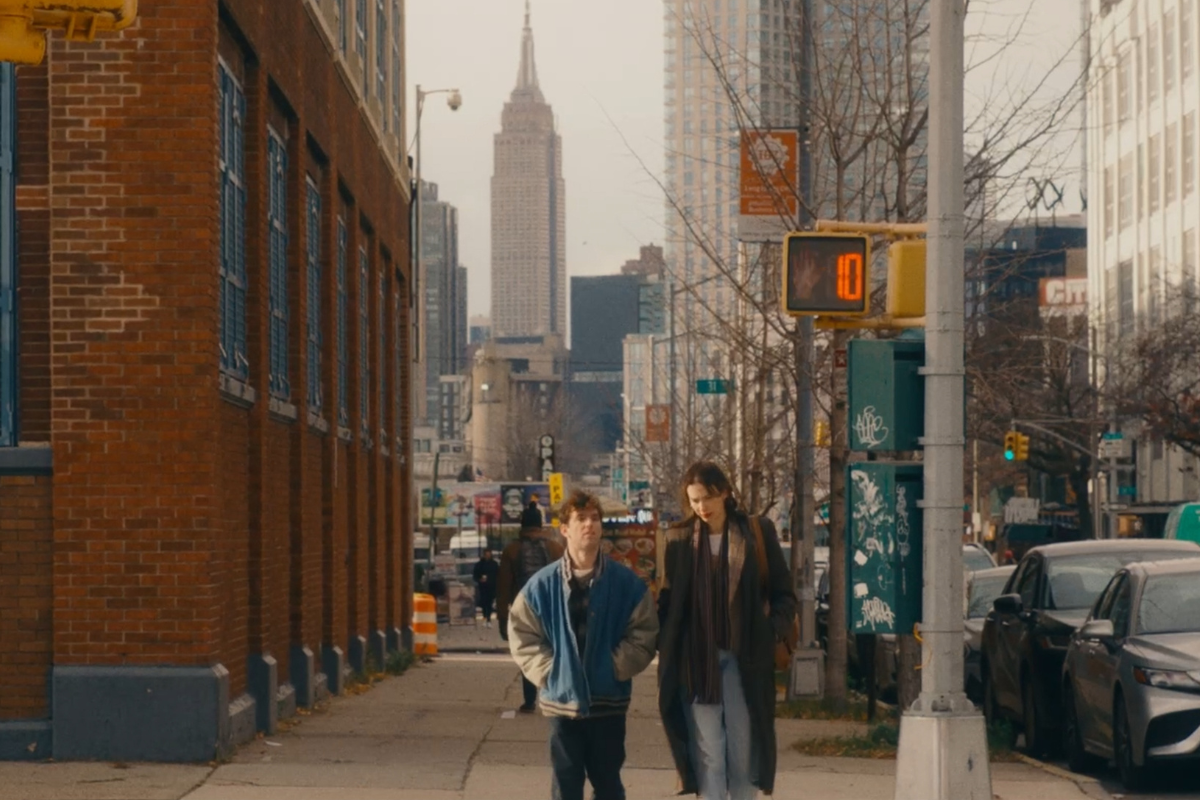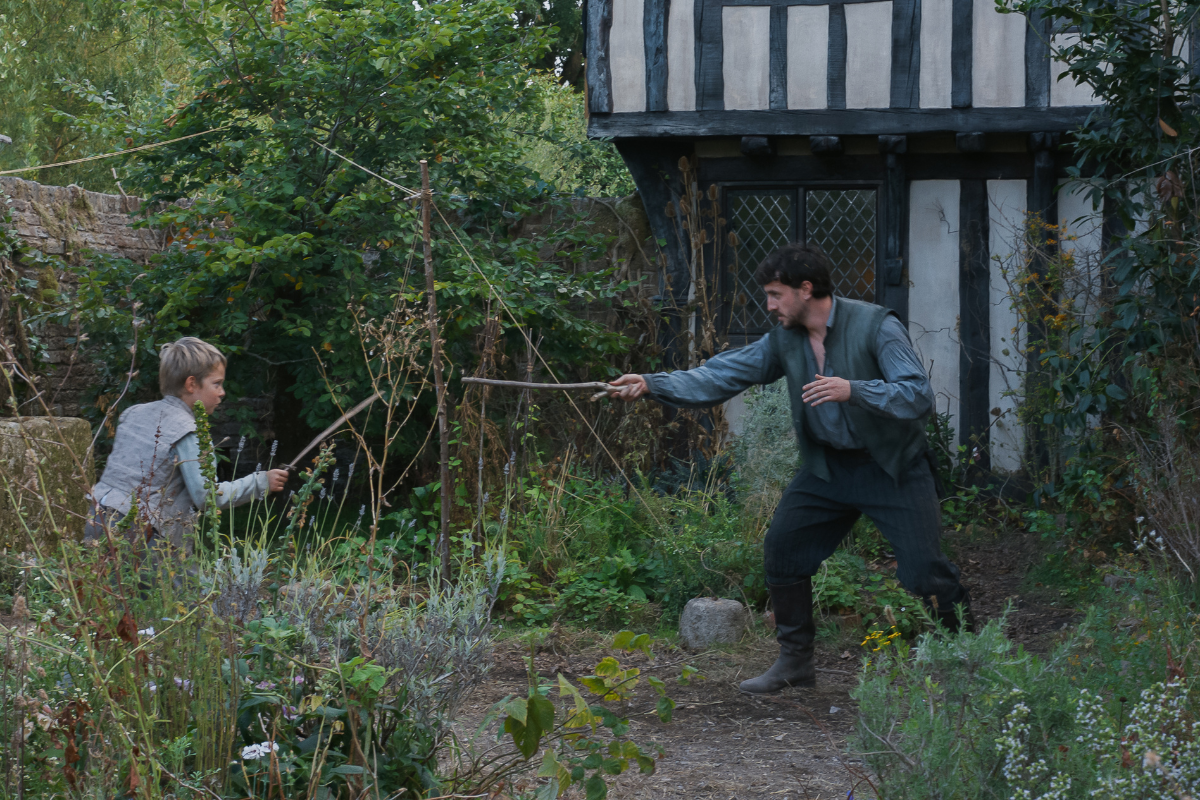Behind the Lines with DR: What Does a Screenwriter Write?
There’s an old Hollywood story I’d heard about Earnest Lehman, famed screenwriter of The Sound of Music. He was asked what exactly it was that a screenwriter wrote. I’m obviously…
There’s an old Hollywood story I’d heard about Earnest Lehman, famed screenwriter of The Sound of Music. He was asked what exactly it was that a screenwriter wrote. I’m obviously paraphrasing here:
“Have you seen my movie?” Lehman asked.
“The Sound of Music? Why yes?”
“Did you see the opening? Where Julie Andrews appears as Maria, running and singing across a Swiss mountainside and singing ‘The hills are alive, yada yada.”
“Yes.”
“I wrote those hills. I wrote Maria running. I wrote her singing.”
Thus, is the essence of writing a movie. And the answer for those who wonder what exactly a screenwriter does, considering so many civilians think pictures are mostly visualized by a director and that the actors pretty much make up their dialogue.
The truth is the polar opposite. Screenplays are like an architect’s schematic, without which the general contractor and his many sub-contractors wouldn’t know how many two-by-fours to order from the lumberyard. Imagine building a house without a design... Without knowing the time it would take to construct, how much it would cost, or the materials required.
Without a screenplay, UPM’s couldn’t budget, first assistant director’s couldn’t schedule, casting directors wouldn’t know who to… Okay, you get it. But to sum it up, the screenplay is the fountain from which the rest of the movie flows.
That said, there still are these sticky individuals called directors the writers need to be careful of. Their primary job is to turn the screenplay into a cohesive mélange of seamless visuals and performances. That’s when the screenwriter’s job turns from chief creative into handyman.
“Look at me as Mr. Fixit,” I’ve said to many a director, hoping they’d relax and see me as neither a creative threat nor an obstacle. “You’re the director. It’s now my job to assist you in whatever way I can.”
Now, in the situation described, it may sound like I paint myself as overly humble in the face of a man or woman who might be gearing up to lobotomize my child. After all, he or she is just the director and I’m the guy who birthed the picture from my overtaxed imagination. But hey, I’m a realist. If I wanted to direct I would. I’ve chosen to toil as a writer, building movies from the peace and quiet of my backyard office.
Still. Production happens. And into the breach we must go.
Most directors understand that writers have different styles. Some have a terse, narrative style. Others lean on visuals. Mine, if I have any particular writer joie de vivre, has evolved into giving the reader a sense that they are watching a movie. If it serves the scene, I will sometimes keep my words to mere dialogue and stage direction. Or in other cases, I’ll be specific in my description, tossing in a camera move as a flourish.
“But that’s just writing,” I’d warn some directors. “To give you a sense that we’re in a movie. Where and why you place a camera is entirely up to you. I don’t wanna dictate how you plan to visualize any particular scene.”
And thusly, any discussions between my vision and the director’s normally ends. This is usually confirmed when looking at dailies or actual cuts of the final product. How I saw it and how the work ended up on film is usually significant in contrast. Sometimes for the better. Sometimes not so much. But that’s the collaborative process.
Once again. I’m just the writer.
Then there was this day in January of 2004... We were only seventy-two hours from the start of photography on Hostage. I’d had a fleeting chance to peruse the schedule. Day one involved a mere half-day’s work on a Friday.
What the hell, I thought? I knew productions often started on a Thursday or Friday, giving the filmmakers a weekend to make adjustments after just a quick couple days of grinding. But starting on a mere half-day?
“Did I read that right?” I asked assistant director, Mark Catone. “First day is just a half-day?”
“That’s how long we figure it’s gonna take to get the shot,” said Mark.
“The shot?” I repeated quizzically. “As in one shot? That’s the day?”
“Yup.”
“What shot is it?”
“First shot of the movie,” said Mark. “It’s in the script. You should know. You wrote it.”
“I didn’t write any shots specifically,” I said. “I’ve seen some of Dom’s storyboards but, yeah. Which shot?”
“The first shot.”
With that, Mark grabbed his script binder, flipped it open and read aloud to me the opening words in my screenplay:
“The frozen image of a man we’ll call Joe Mack, who screams, ‘I WANNA TALK TO THE MOTHERFUCKER.’ Along with the words, the CAMERA appears to have been shouted out of the distraught mouth of Joe Mack himself. He’s sweat drenched and waving a ten dollar revolver.”
“Yeah, I wrote that,” I conceded. “But seriously? Half a day for that?”
Mark continued reading my own script opener back to me:
“Exterior. Joe Mack’s house, scene continues. Where the CAMERA SOARS BACKWARD, over the wooden steps and gate, across the street, and onto a warehouse rooftop-slash-parking lot loaded with LAPD squad cars, the black-clad SWAT SQUAD already deployed, and LAPD Command and Control van, the slow whup-whup of an LAPD helicopter…”
“Yeah, yeah,” I played along. “Them’s is my words.”
“Big fuckin’ crane shot,” said Mark. “Actually, not even a crane. To make that work we gotta build a wire rig for a four-hundred-foot camera fly.”
“Camera fly?”
“Yeah. So the camera can pull back that far outta Joe Mack’s mouth, we gotta fly the thing on a wire from the window of Joe’s little house all the way and above a four-story parking structure. Takes days to rig that shit.”
��Sounds like money,” I muttered, feeling an odd pang of guilt.
“Three hundred grand worth,” said Mark. “Better be worth it.”
I had more questions. But I chose to leave them there and pick up the conversation with Florent Siri, my esteemed director. I hunted down the Frenchman, finding him in the production office break room brewing his hourly thimble of espresso.
“So Florent,” I said. “Mark just told me about Friday’s set up. The whole wire rig.”
“Wait till you see it,” said Florent. “To set the wire, they have to bring in this mammoth construction crane. Ten stories high. Beautiful.”
“You’re doing the shot the way I wrote it?” I confirmed.
“Of course, I am. It’s in the script.”
“But I told you. Just because I wrote it that way doesn’t mean you have to shoot it that way.”
“I know.”
“Then why all the fuss? You know, the flying camera? It’s a half day for one shot.”
“But a beautiful shot.”
“Yeah. It’s cool. But c’mon. That’s some serious money,” I said. A compilation of stuff I had to cut out of the script for budgetary concerns played in my brain. Scenes lost to the scheduling axe began to prioritize themselves, queuing up like ghosts wishing they could be reincarnated.
“It’s a lot of money,” said Florent. “But it’s a beautiful shot you envisioned. And I want it to start our movie.”
“Kind of you, but–“
“You’re going to be there to see it, yes? On Friday? You’re going to see your shot?”
“Sure,” I said. “I’ll be there.”
And so it came to pass that I was there that very Friday to witness one very expensive shot, conceived and written by yours truly. And true to what I’d carefully put to paper, a camera rig began close on the face of actor Jamie McShane. He screamed my words, then with a high-pitched whine, the wire-rigged camera-reverse flew out the window of the tiny house, up into the sky, and far above a parking lot crammed with extras and stuntmen garbed in the requisite uniforms. The aforementioned helicopters would be CGI’d.
Despite the experience, when every so often I’m asked what exactly a screenwriter writes, I still like to refer to the Earnest Lehman story. It’s simple, quotable, and who the hell doesn’t remember Maria in that convent dress running across those green hills of Switzerland?
Need help writing your screenplay?
Get tips in our How to Write a Screenplay in 10 Weeks Webinar
Doug Richardson cut his teeth writing movies like Die Hard, Die Harder, Bad Boys and Hostage. But scratch the surface and discover he thinks there’s a killer inside all of us. His Lucky Dey books exist between the gutter and the glitter of a morally suspect landscape he calls Luckyland—aka Los Angeles—the city of Doug’s birth and where he lives with his wife, two children, three big mutts, and the dead body he’s still semi-convinced is buried in his San Fernando Valley back yard. Follow Doug on Twitter @byDougRich.


